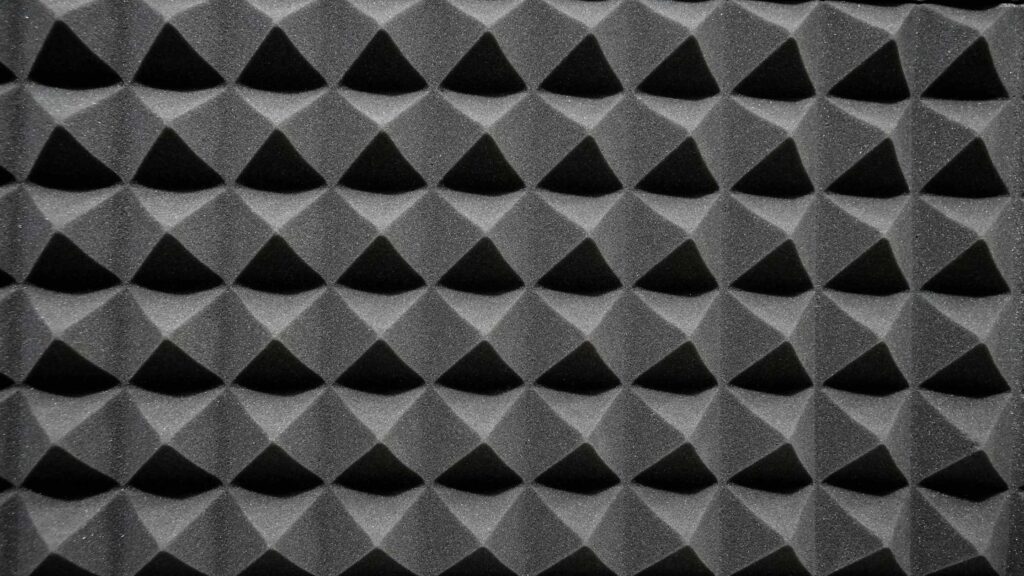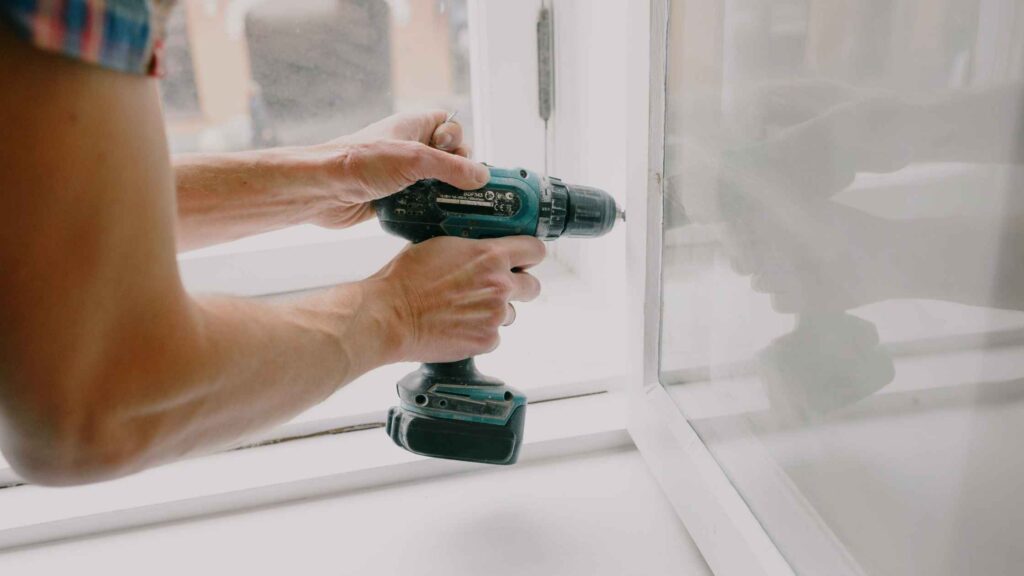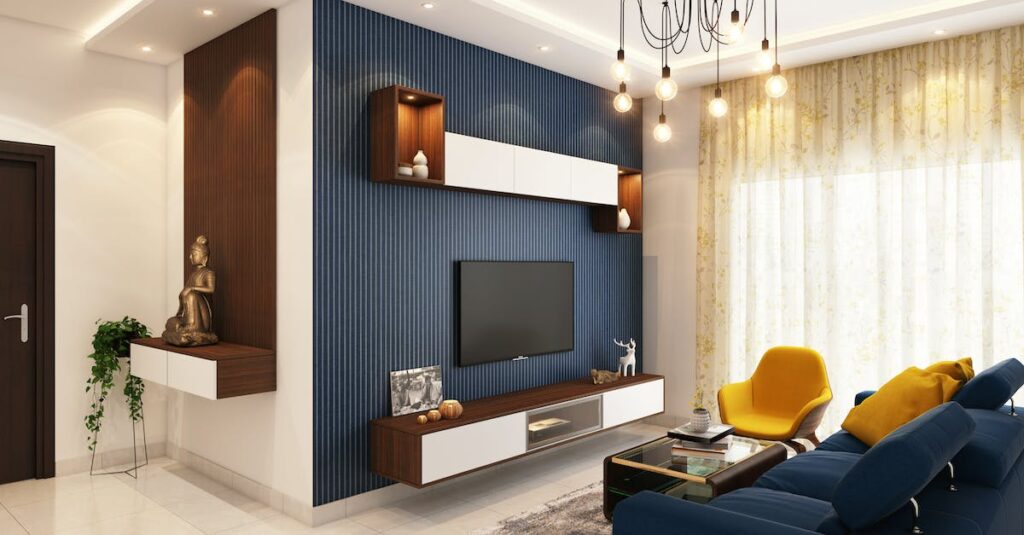Overview of Soundproofing Techniques for Renters
Living in a shared space can have its challenges, especially when it comes to privacy. Whether you have noisy neighbors or share a thin wall with a fellow tenant, soundproofing can significantly improve your living experience. In this article, we will explore various soundproofing techniques that renters can employ to enhance privacy in shared spaces.
Understanding the Importance of Soundproofing
Before we delve into the techniques, it’s crucial to understand why soundproofing is essential. Whether you work from home, enjoy peace and quiet, or simply want to create a serene living environment, soundproofing can make a significant difference. By reducing noise transmission between rooms or units, you can maintain your privacy and enjoy a peaceful atmosphere.
1. Weatherstripping and Door Seals
One of the simplest and most effective soundproofing techniques for renters is using weatherstripping and door seals. These materials help create a tight seal around windows and doors, preventing sound from entering or escaping your space. Installing weatherstrips and door seals is a cost-effective solution that can make a noticeable difference in reducing noise.
2. Acoustic Curtains or Drapes
Another great way to soundproof your space without making permanent modifications is by using acoustic curtains or drapes. These specialized curtains are made from thick materials that absorb sound waves, reducing noise pollution. Hang them over windows or use them as room dividers to create a more private and peaceful environment.
3. Wall Hangings and Decorative Elements
Strategic placement of wall hangings and decorative elements can also contribute to soundproofing. By adding tapestries, fabric wall panels, or even bookshelves filled with books, you can help absorb sound waves and reduce echo in your space. Not only do these elements serve as stylish decor, but they also enhance privacy by dampening noise.
4. Furniture Placement
Rearranging your furniture can play a significant role in reducing noise transmission in shared spaces. Placing bookshelves, cabinets, or other bulky furniture against connecting walls can act as sound barriers, helping to absorb or block sound waves. By strategically positioning furniture, you can create a more private and peaceful ambiance in your rental unit.
5. Using Acoustic Panels
If you’re looking for a more comprehensive soundproofing solution and have the flexibility to make some modifications, consider using acoustic panels. These panels are specifically designed to absorb sound and can be installed on walls, ceilings, or even doors. Acoustic panels come in various styles and sizes, allowing you to customize them according to your aesthetic preferences.
6. Carpeting and Area Rugs
One of the primary sources of noise transmission in shared spaces is through footsteps. By adding carpeting or area rugs to your floors, you can effectively reduce the impact sound produced by walking or moving furniture. Not only will this help enhance privacy, but it will also add a touch of coziness to your living space.
7. Sealing Gaps and Cracks
Minor gaps and cracks in walls, floors, or windows can be an open invitation for noise to enter your space. Take the time to inspect your rental unit and seal any gaps or cracks using acoustic caulk or expanding foam. This simple yet effective step can significantly minimize noise transmission and improve your privacy.
Bonus Tip: Open Communication
While the above techniques can work wonders in enhancing privacy, it’s important not to overlook the power of open communication. If you have noisy neighbors or are experiencing excessive noise from shared areas, kindly discuss the issue with them or report it to your landlord. Sometimes, addressing the problem directly can lead to a satisfactory resolution.
Summary
Living in a shared space doesn’t mean sacrificing your privacy and peace of mind. By utilizing soundproofing techniques such as weatherstripping, acoustic curtains, wall hangings, furniture placement, acoustic panels, carpeting, and sealing gaps, you can significantly enhance privacy in your rental unit. Remember, open communication with neighbors and landlords can also contribute to a more harmonious living environment.







